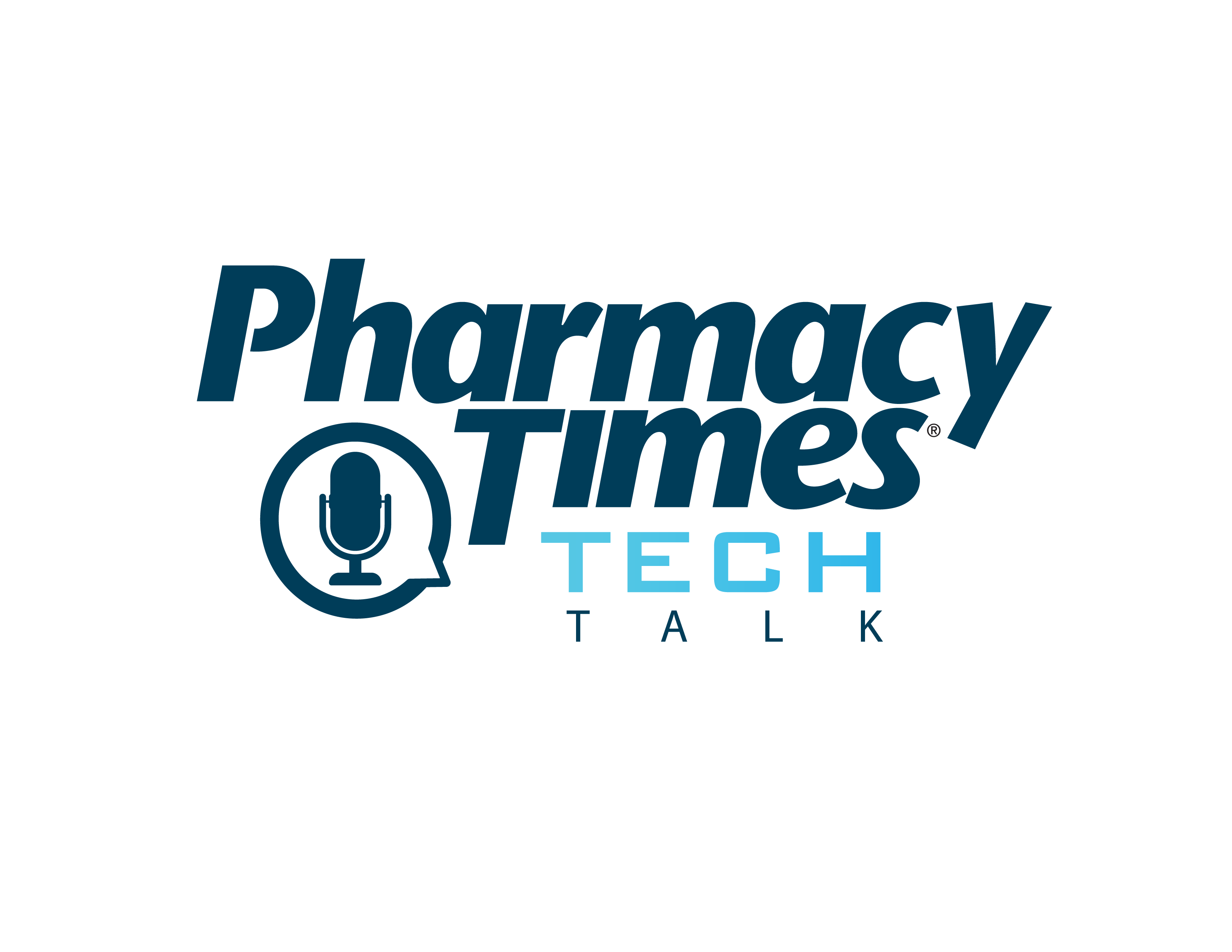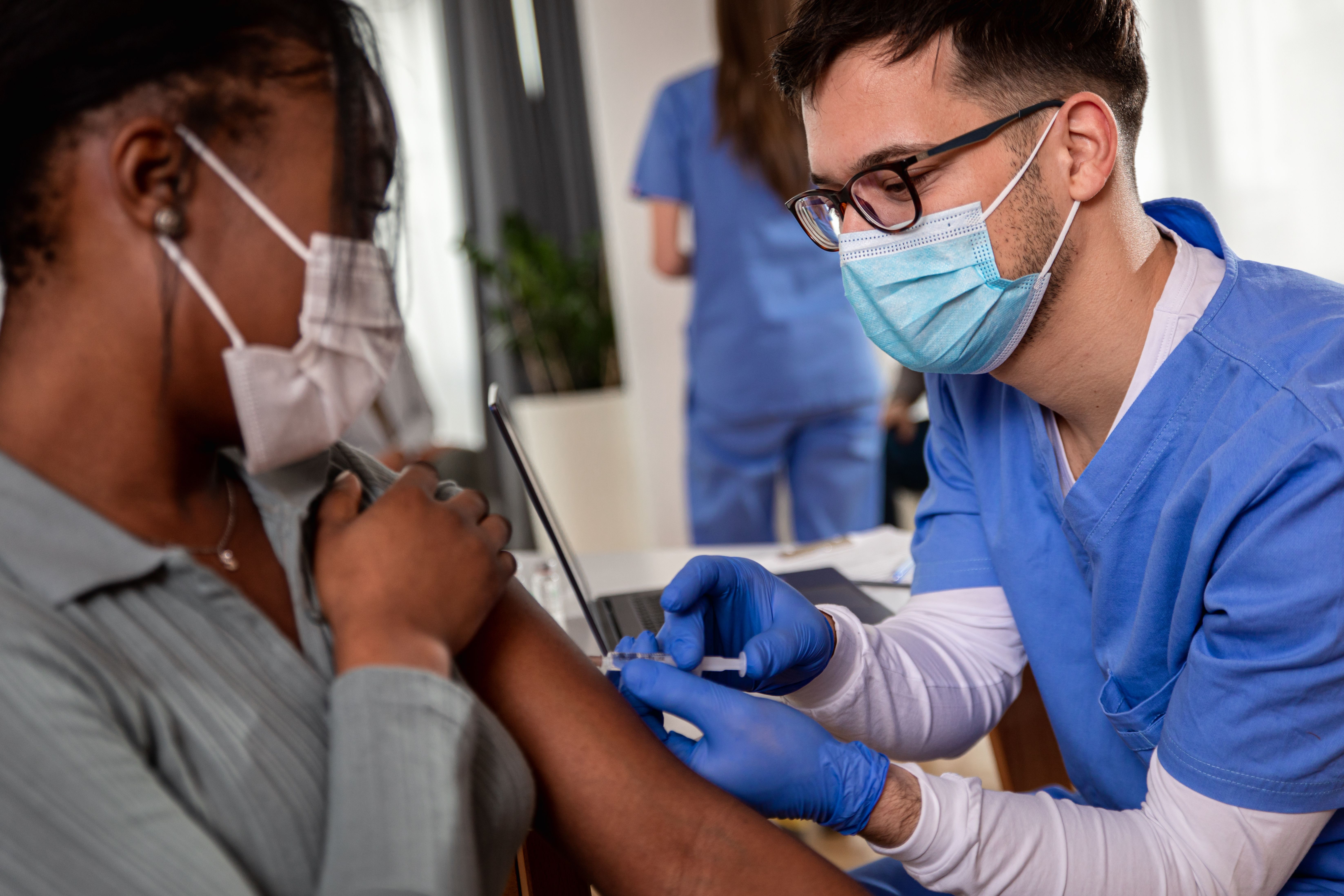Publication
Article
Pharmacy Practice in Focus: Health Systems
Updates to USP Compounding Chapters Are on the Horizon
Author(s):
As the deadline for full implementation approaches, hospitals must create an action plan and timeline for completion.
It is crunch time. Changes are coming to United States Pharmacopeia (USP) compounding chapter <800>, “Hazardous Drugs — Handling in Healthcare Settings”; <797>, “Pharmaceutical Compounding-Sterile Preparations”; and <795>, “Pharmaceutical Compounding-Nonsterile Preparations.” These changes take effect on December 1, 2019.
The proposed revision to <795> was released on March 30, 2018, with a public comment period that ended on July 31, 2018. The proposed revision for <797> followed on July 27, 2018, with a public comment period that closed on November 30, 2018. Facilities that perform nonsterile or sterile compounding must understand the proposed changes and determine the potential impact. Below are the key revisions.
ASSESSMENT OF RISK
The current USP <800> allows an organization to conduct a risk assessment for “drugs on the National Institute for Occupational Safety and Health list that do not have to follow all the containment requirements of this chapter if an assessment of risk is performed and implemented.” These include final dosage forms of compounded hazardous drug (HD) preparations and conventionally manufactured HD products, including antineoplastic dosage forms that do not require manipulation beyond counting or repackaging (unless required by the manufacturer). This allows organizations to decide which containment strategies and work practices they will enact for these medications.
Action plan: This procedure will take time to complete. It will also require all stakeholders to be involved in creating the assessment-of-risk document, which should be reviewed annually.
REQUIREMENT FOR DEDICATED SPACE
Changed requirements from USP <795> state that “compounding facilities must have a space that is specifically designated for compounding.”
This section clearly addresses that compounding nonsterile preparation in the center of the pharmacy or on the same counter where daily work is conducted is no longer permitted. Facilities now have to provide a designated space that is “separated from areas not directly related tocompounding.”
This revision mandates a separate room dedicated solely to nonsterile compounding and, depending on the type of compounding conducted, a containment device such as a powder containment hood. This could necessitate expensive and new construction beyond what was planned for in USP <800>.
USP <797> also brings fundamental change to the medication compounding model. The previous version of <797> outlined 3 categories of compounded sterile products: low-, medium-, and high- risk. The proposed revision to <797> consolidates that into categories 1 and 2. This shift is likely to have the greatest impact on facilities that were formerly classified as low-risk compounders, which describes many smaller hospitals in the United States. Many of these facilities will now find themselves stretched to meet the requirements of category 2 and required to build a clean-room suite.
The USP revisions have changed the frequency of the auditing process in areas such as glove fingertip testing and media fill testing, which used to be done annually. Chapter <797> now mandates that these be performed semi-annually. Those responsible for this quality assurance effectively have their workload doubled. Similarly, the requirement for surface sampling is mandated to be done monthly in the new version of <797>. The previous version required that this testing need only be done “periodically,” with that term being loosely defined.
For those facilities that previously were compounding at the low-risk category, the beyond use date (BUD) will change, and products that previously could be given a 14-day BUD will now be eligible for a 9-day one. This could increase the amount of medication being wasted at the facility.
Action plan: A capital budget request should have been submitted for any additional space and dedicated room design. In addition, organizations should look at the operating budget to determine changes to supply costs and the potential need for additional staff. Start now with revising the policy and procedure manual to account for the changes to staff competency requirements. If the facility will begin adding new areas to the quality assurance program, such as wipe sampling, then this will need to be included in the policy.
REQUIREMENT FOR DEDICATED STAFF
The global requirement for all 3 revised chapters states that any compounding facility must provide a dedicated staff member who is uniquely responsible for training on compounding, record keeping, and assuring competencies, among other duties. This does not need to be the same individual for all 3 chapters.
Action plan: Organizations should have identified their dedicated staff member and, if needed, provided the resource time and training for that person to obtain the necessary skill set. In addition, this is a good time to review the job description and make necessary changes.
There is still time to finish the implementation procedures for the upcoming revisions to the USP compounding chapters, but December 1 is just around the corner.
Kenneth Maxik, MBA, MBB, FACHE, is the director of patient safety and compliance at CompleteRx in Lexington, Kentucky.







